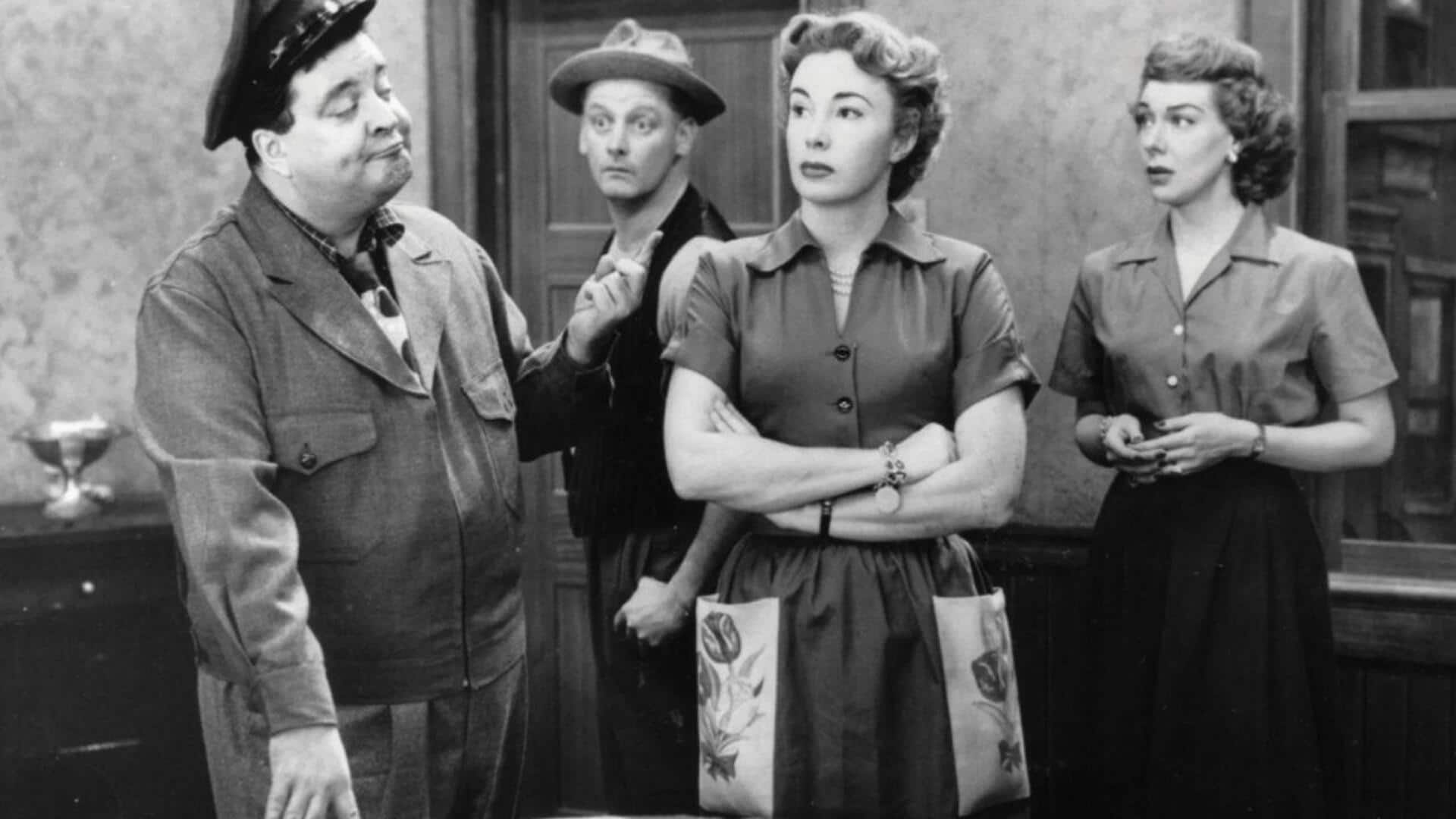
How 'The Honeymooners' nailed working-class life in the 1950s
What's the story
A classic, 1950s television show, The Honeymooners, gave a humorous yet insightful look into American working-class life. The show followed bus driver Ralph Kramden and his wife Alice, and depicted the struggles and aspirations of many families back then. Through its relatable characters and situations, The Honeymooners highlighted many facets of working-class life that resonated with audiences across the country.
Money woes
Ralph's financial struggles
Ralph Kramden's perpetual fight with financial woes was a key element of The Honeymooners. His struggle to make ends meet while envisioning brighter days reflected the economic woes of several working-class households. Be it attempting to save money or putting money in get-rich-quick schemes, Ralph's financial troubles were relatable to viewers who knew the grind of living paycheck to paycheck.
Household management
Alice's resourcefulness
Alice Kramden's knack for making their meager household budget work highlighted her resourcefulness and resilience. She managed to make every dollar go further despite little money in hand and kept their home going. Her character epitomized the strength and ingenuity of women like her who had to manage their families with limited finances.
Neighborly bonds
Friendship with Ed Norton
Ralph's friendship with Ed Norton underscored the value of community among working-class people. Their camaraderie was a source of emotional support and comic relief in the face of life's difficulties. It highlighted how friendships in neighborhoods could lend comfort and support in the fight against common adversities.
Aspirations unfulfilled
Dreams of a better future
Despite his setbacks, Ralph Kramden never stopped dreaming about a better future. His constant aspirations for success mirrored the collective hopes of many striving for upward mobility in a world of limited opportunities. These dreams, while often serving as a source of humor in the various episodes, also provided motivation. They underscored the universal desire to improve one's circumstances against all odds, making Ralph's character deeply relatable and inspiring.
Marital tensions
Every day, domestic conflicts
The frequent arguments between Ralph and Alice portrayed typical domestic conflicts faced by couples under the strain of financial pressure or mismatched expectations in life goals. The interactions resonated deeply because they mirrored real-life tensions, without losing sight of humor or love between partners, even while disagreeing.